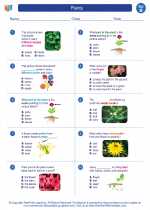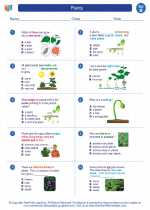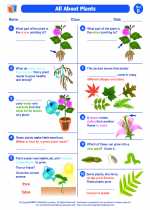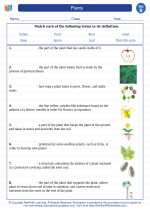Plants -> horsetails
Horsetails
Horsetails, also known as Equisetum, are a group of primitive non-flowering plants that belong to the genus Equisetaceae. They are often found in wet or marshy areas and have a unique appearance due to their jointed, hollow stems and whorls of needle-like leaves.
Characteristics of Horsetails
- Jointed, hollow stems
- Whorls of needle-like leaves
- Spore-producing cones at the tips of the stems
- Ability to absorb silica from the soil, making them abrasive and useful for polishing
Life Cycle of Horsetails
Horsetails reproduce through spores, which are produced in cone-like structures at the tips of the stems. When the spores are released, they can grow into a new plant under the right conditions. Horsetails can also spread through underground rhizomes, allowing them to form dense colonies in suitable habitats.
Ecological Importance
Horsetails play a role in the ecosystem by providing habitat for various insects and small animals. They also contribute to soil stabilization in wetland areas, helping to prevent erosion.
Study Guide
- What are the characteristics of horsetails?
- How do horsetails reproduce?
- What ecological role do horsetails play?
By understanding the characteristics, life cycle, and ecological importance of horsetails, students can develop a deeper appreciation for these unique and ancient plants.
.◂Science Worksheets and Study Guides Second Grade. Plants

 Activity Lesson
Activity Lesson
 Activity Lesson
Activity Lesson
 Worksheet/Answer key
Worksheet/Answer key
 Worksheet/Answer key
Worksheet/Answer key
 Worksheet/Answer key
Worksheet/Answer key
 Worksheet/Answer key
Worksheet/Answer key
 Vocabulary/Answer key
Vocabulary/Answer key
 Vocabulary/Answer key
Vocabulary/Answer key
